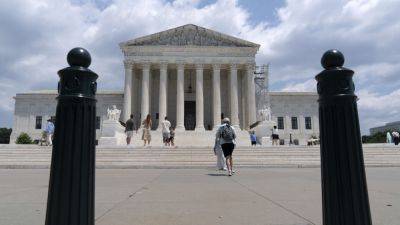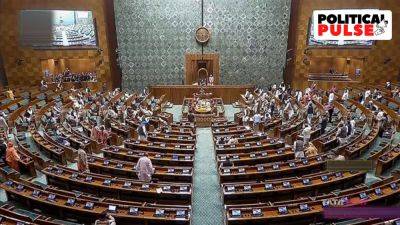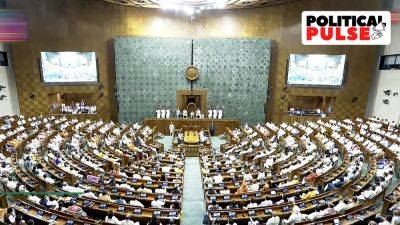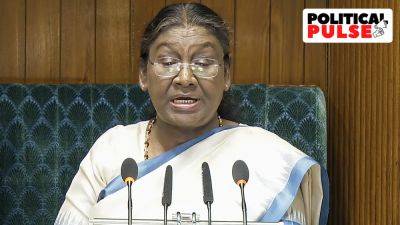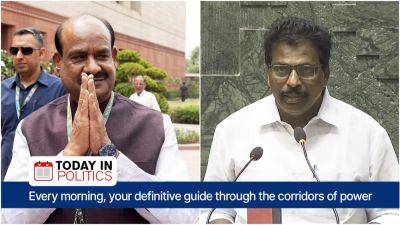NDA govt back in charge, a short history of coalition politics in India
Coalition politics has made a comeback at the national stage after 10 years of a de facto one-party rule as the BJP enjoyed majority on its own and did not depend on its allies in the National Democratic Alliance (NDA) for legislative strength.
In the past 50-60 years, phases of coalition governments in India, on and off, have disrupted phases of single-party governments with clear majorities. Whenever a single party could not garner enough seats to come to power on its own, several “like-minded” parties came together to help it cross the majority mark in the Lok Sabha, or in state Assemblies to form stable governments.
Here is a look at the history of coalition politics in India.
In India, the experiment began in 1967, when the Congress fell short of a majority in many states even as it won a narrow majority in the Lok Sabha with 283 seats. This was the last time Lok Sabha and Assembly elections were held simultaneously in most states.
While the Congress emerged as the single largest party in 13 Assemblies, it did not get a majority in five: Bihar, Punjab, Rajasthan, Uttar Pradesh and West Bengal. In the then Madras state, DMK of C N Annadurai defeated the Congress.
Coalition governments of the Samyukta Vidhayak Dal (SVD) were formed in Punjab, Bihar, Odisha, West Bengal, Madras and Kerala, as well as in the Delhi Metropolitan Council through arrangements within the Legislative Assembly. It heralded the coalition era. The glue of these ideologically disparate coalitions that included the Jana Sangh, Socialists, and even the Communists in some cases, was “anti-Congressism” that was on its own more powerful than these parties. In UP, Haryana and Madhya Pradesh, coalition governments were formed with the help of Congress


